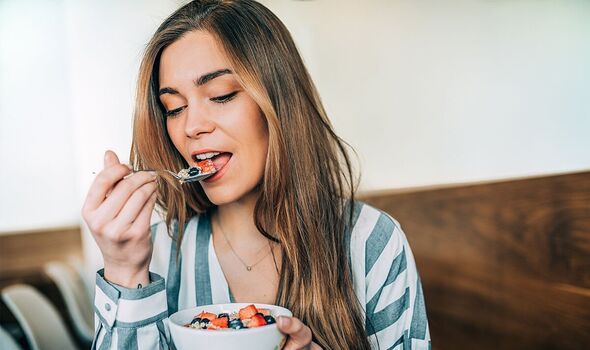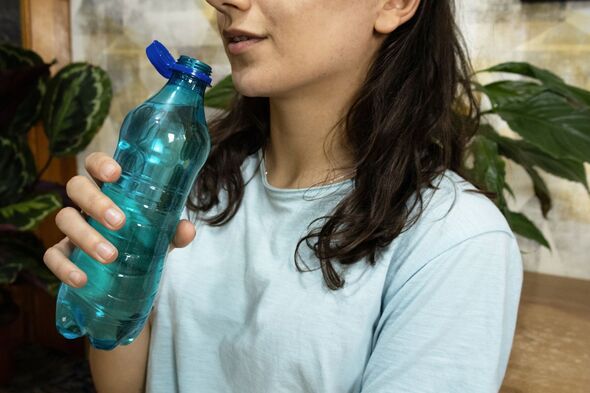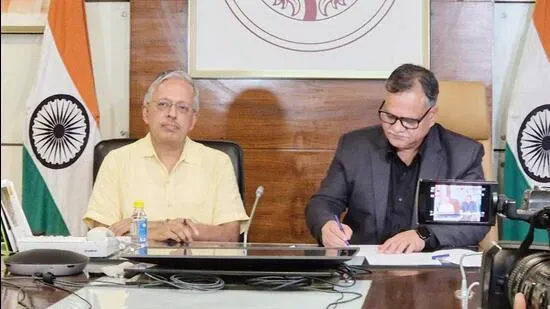
A doctor has warned that many supermarket staples we consume on a regular basis could harbour an unwanted and even dangerous ingredient. The expert listed nine common foods and drinks that have been found to contain microplastics.
As their name suggests, microplastics are tiny pieces of plastic, measuring less than five milimetres (0.2 inches) in length. These are found in our environment as a result of plastic pollution.
They have also been found in a number of products such as plastic bags, bottles, cosmetics, clothing, packaging materials, and even in food. In recent years, research has found that these microplastics have been detected in tissues of the human body, including in the brain.
Currently, there is no scientifically established safe or unsafe level of microplastic intake.
But Doctor Faith Coleman, a family physician and health writer, warned that, "until more is known, it seems prudent to limit exposure as much as possible".

Writing for , she listed some of the worst culprits when it comes to our foods and drinks that contain microplatics.
TeabagsDr Coleman explained that most tea bags, even paper ones, are made with a plastic called polypropylene. She said: "When hot water contacts the tea bags, they may ."
If possible she recommended using a stainless-steel diffuser and switching to loose-leaf tea to avoid microplastics.
Bottled waterIt probably comes as no surprise that bottled water is one of the "most common sources" of micro and nanoplastics. "Most plastic water bottles are made from polyethylene terephthalate, a type of plastic which breaks apart easily when bottles are squeezed," Dr Coleman said.
She referenced that estimated that there are about 240,000 plastic particulates per litre of bottled water. To minimise your exposure you should switch to drinking tap water from glass or stainless-steel containers.
SeafoodDr Coleman warned that microplastics are rife in our waterways. Plankton then absorbs these plastics and fish consume the contaminated plankton.
She commented: "Portland State University recently reported a in which they found microplastics in 180 of 182 seafood samples. Limit your shellfish consumption. Mussels, oysters, scallops, and other shellfish have higher concentrations of microplastics than fish without shells."
RiceAccording to Dr Coleman, rice is a "major source" of microplastics. She said that half cup of rice can contain three to four milligrams (mg) of plastic. And instant rice packets contain four times that amount.
She noted that a by the University of Queensland study found that washing rice can reduce plastic contamination by 20-40%, but researchers used filtered water for the washing.
SaltShe advised buying salt packaged in glass or cardboard. "One sampled 39 salt brands from around the world and found that 90% contained microplastics," the doctor said.
"They attributed the problem to environmental contamination and production and packaging practices."
HoneyA found that honeybees carried or ingested microplastics, which were then incorporated into hives and dispersed into honey. She said: "Honey can harbour microplastics, even when packaged in glass...Local beekeepers who use more natural and sustainable harvesting processes may sell honey with less microplastic contamination."
Fruits and vegetablesWhile fruits and vegetables are among the healthiest foods we can eat, they are not safe from microplastics. "One found that apples were the most contaminated fruit and carrots were the most contaminated vegetable," she said.
"The plant roots take up micro and nanoplastics from soil, which then end up in the edible part of the produce." To reduce your risk of ingesting microplastics she advised you wash and peel your fruits and vegetables.
Local or organic produce, may also contain fewer plastic particles.
ProteinsDr Colman added: "A at the Ocean Conservancy found that 88% of both vegetable and animal proteins contain microplastics. Highly processed proteins store the most microplastics. Examples include fish sticks and chicken nuggets.
"Microplastics also enter protein sources through contaminated animal feed and from the environments in which animals are raised. Plant-based proteins take up microplastics from soil or irrigation."









